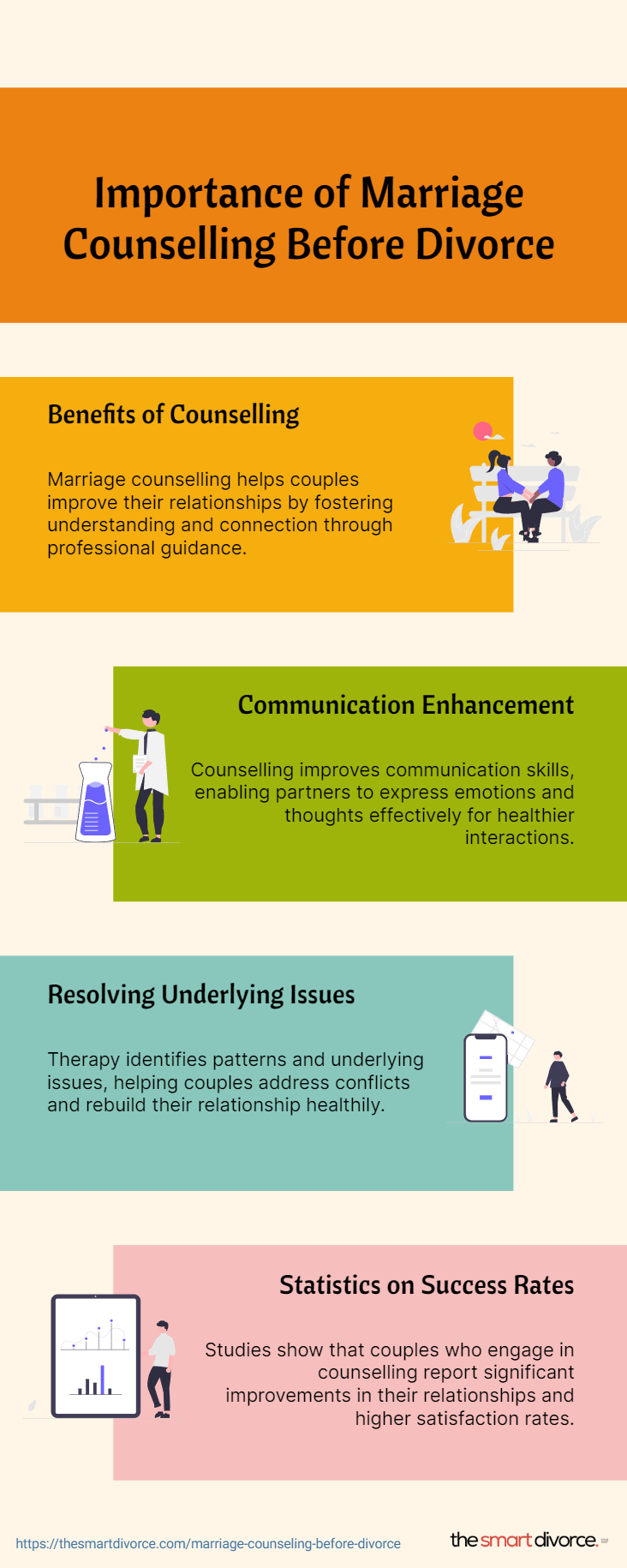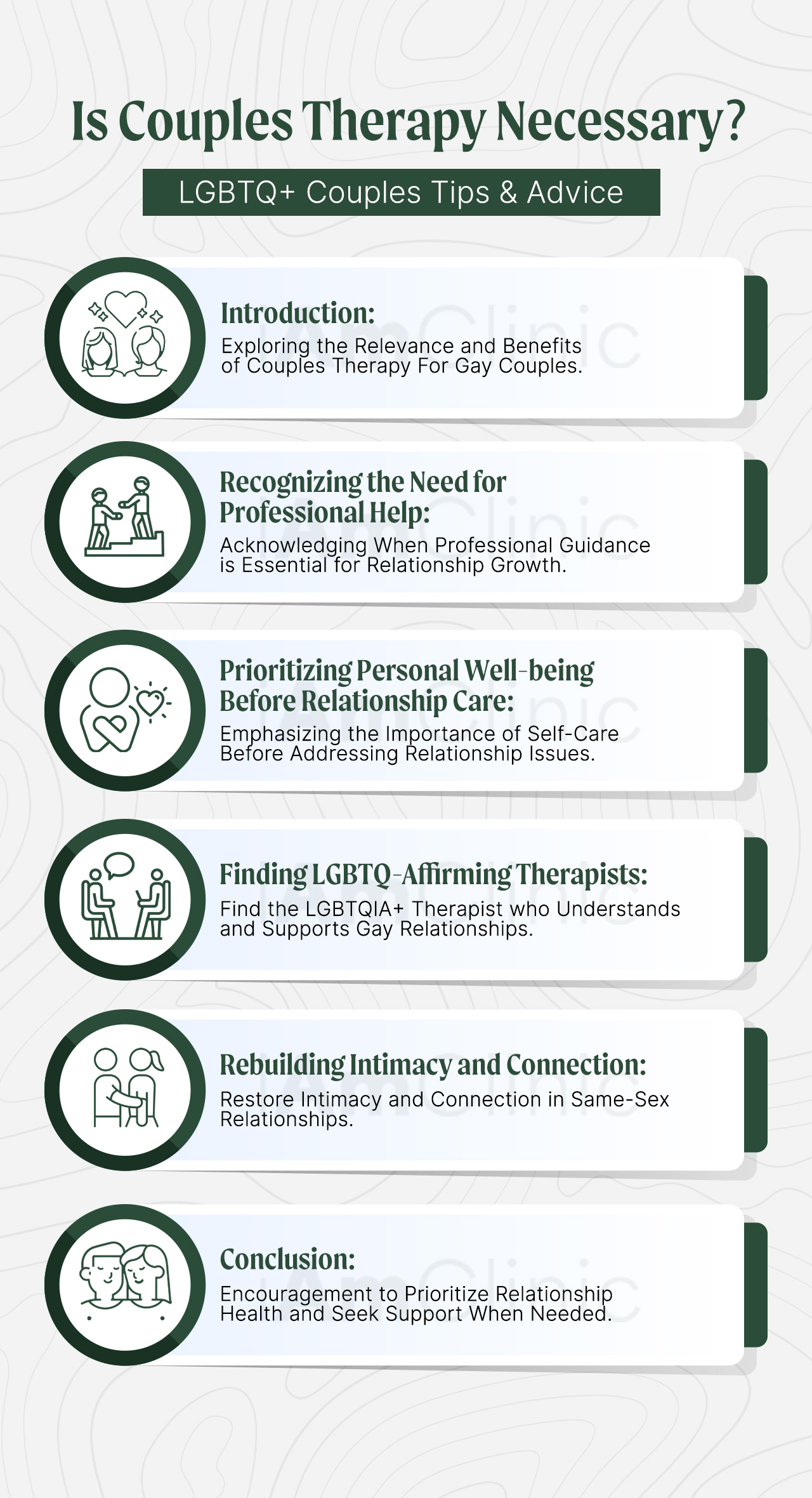The Aim Point Counseling PDFs
The Aim Point Counseling PDFs
Blog Article
The Best Strategy To Use For Aim Point Counseling
Table of ContentsWhat Does Aim Point Counseling Do?Aim Point Counseling Things To Know Before You BuyAn Unbiased View of Aim Point CounselingSome Known Facts About Aim Point Counseling.3 Simple Techniques For Aim Point CounselingNot known Facts About Aim Point Counseling
The longitudinal design involves a pre-treatment survey and two follow-up surveys at 3- and 12-months post-intervention. The research study is embeded in 8 Relationships Australia Victoria centres, throughout urban, external suburban areas, and regional/rural sites. Relationships Australia, a non-government organisation, is the largest service provider of couple therapy and partnership solutions in Australia.
These high prices of connection breakdown have actually been continually connected with adverse health and wellness effects for both adults and children complying with divorce/separation.
The Basic Principles Of Aim Point Counseling
The impacts of divorce and splitting up can be harmful, study suggests that high partnership dissonance in intact pairs is likewise likely to have adverse end results.
Variables that influence the results of these solutions need extensive investigation. Research to day has recognized both pair and individual aspects that may contribute to connection dissonance. These consist of relationship contentment and commitment at the pair level, and depression at the private degree. Durable study to examine relationship-enhancing interventions in the neighborhood are scarce.
7 Simple Techniques For Aim Point Counseling
Relationship fulfillment has actually been one of the most usual result variable recognized in greater than 200 evaluations of pair counselling [11,12] Research studies have found substantial improvements in partnership satisfaction from pre- to post-treatment [13,14] and over the course of one to two years following coaching [15] In these research studies, connection complete satisfaction was most often evaluated utilizing the Dyadic Change Range (DAS) [16] While a lot of research studies show enhancements in partnership contentment complying with pair coaching, they are limited by the samples and measures utilized, largely temporary follow-up time frames, and evaluations that do not account for the dyadic nature of couple information - porn addiction. Connection dedication, based on steps such as the Dedication Supply (CI) [19], is one more generally investigated relationship outcome.
To summarise, research suggests that couple-specific variables along with individual elements might predict the results of couple therapy and connection solutions. The causal instructions of these relationships, however, is less clear. These monitorings are essential, since, to warrant and direct the application of connection site solutions such as couple coaching, empirical proof needs to discover both the outcomes of relationship services and the factors that forecast effective therapy.
, at the very least in some European nations.

We currently recognize little concerning the profiles of couples who look for out relationship education and learning contrasted with those who look for partnership coaching, or the outcomes of these programs. Anecdotal evidence recommends that there might be considerable distress among at least some pairs seeking relationship education and learning. Relationship education programs differ from couple therapy as they are commonly extremely structured, performed in teams, and concentrate on a mix of four elements; recognition, feedback, cognitive change, and abilities training [45]
The 8-Minute Rule for Aim Point Counseling
Comments entails individuals completing questionnaires concerning their connection (e.g. steps of social issues), and obtaining details on what their scores show. Cognitive-behavioural methods promote changing cognitions to assist in favorable connections.
These meta-analyses highlight restrictions in the existing literature on relationship education. This example profile might not stand for customers that normally present for relationship education.
The Ultimate Guide To Aim Point Counseling

Extremely little research has checked out the comparative advantages of pair counselling and connection education and learning programs. As clients are most likely to self-select into these solution types, it is not clear whether particular connection distress profiles present per solution kind, or without a doubt whether there is an interaction in between offering profile, solution kind and result.
(https://slides.com/a1mpoint)
Therefore, we have actually consisted of a 12-month follow-up to determine longer-term fads and impacts.
We suggest to make use of multi-level statistical modelling procedures that regulate for the inter-dependence of pair information to analyze any kind of therapy impacts. The particular purposes of the ECC research are to: 1. Map accounts of customers looking for community agency-based couple coaching vs. connection improvement programs in terms of socio-demographic and relationship signs (such as partnership satisfaction, relationship commitment, social problems, and reasons for going to), as well as health (such as anxiety, general wellbeing) and wellness solution use (eg.
2. Figure out whether pair therapy and partnership education and learning solutions improve 3- and twelve-month end results for partnership complete satisfaction, dedication, and clinical depression, using statistical evaluations suitable to couple data. 3. Figure out the loved one payments of customer factors (specific and pair) and therapy/education elements to end results at 3- and 12-months, and to sustainability of end results over time.
Top Guidelines Of Aim Point Counseling
Multi-level modelling to determine pre-post distinctions, regulating for dyadic (pair) degree. To add to the literature evaluating the effectiveness of community-based couple coaching. The outcomes will certainly assist clinical decision-making in community-based partnership solution settings, and expert training. 3. To figure out the relative contributions of client/couple and therapy factors to results at 3- and 12-months, and to sustainability of outcomes with time.
Report this page